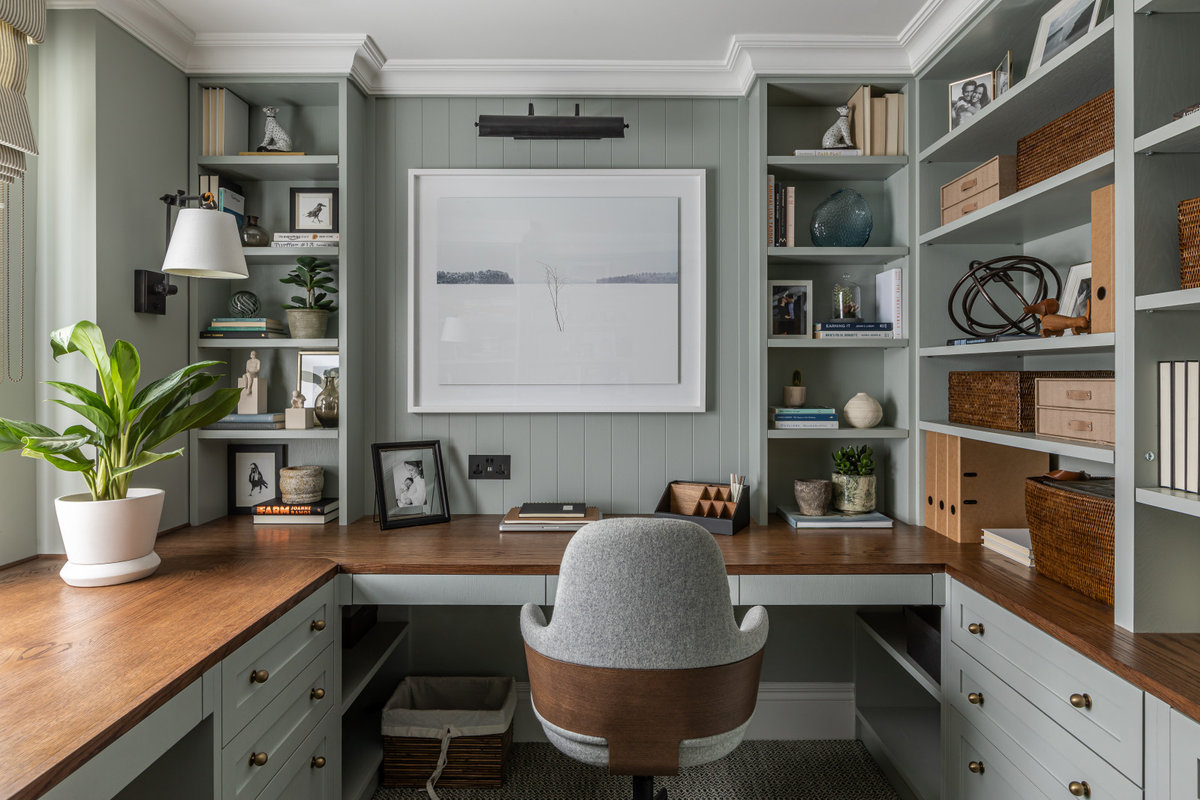5 Client Personality Types and How to Manage Them
Learn how to spot and handle certain kinds of clients, for beautiful working relationships

While skill forms the foundation of your business, great client relationships are the cornerstone. They lead to successful projects, rave reviews, repeat clients and enthusiastic word of mouth. Bottom line? They build your bottom line! And these five underlying client personality types show up again and again among those looking to hire. Knowing how to identify them, what to expect and, most importantly, how to manage these clients well can give you a leg up in creating beautiful working relationships.
Remember also that any relationship is a two-way street. These identifiers will help you choose clients who are a good fit to begin with – essential to achieving all of those positive business outcomes mentioned above.

1. The Thrifter
How to spot them: They’re always seeking the best prices and value. They may try to bargain over your service fee, hunt on their own for less expensive products or even want to follow through on some of your ideas by taking the DIY route.
How to handle them:
1. Communicate that you understand where they’re coming from. Especially in conditions of economic inflation, it’s perfectly understandable for clients to be concerned about cost!
2. Make sure the budget is crystal clear in the contract and won’t change mid-project, and that you share all the cost breakdowns in a transparent fashion.
3. Convey the value you’re providing. For instance, if you use Houzz Pro, you can let them know about the value-driven features of its tools, especially 3D Floor Plans – 3D design presentations are still an added cost at some firms! Other value-added features clients will appreciate include mood boards and the client dashboard, which gives them access to things like daily project logs.

2. The Inquisitor
How to spot them: They ask a lot of questions from the get-go, sometimes even getting ahead of the project stage. They often ask follow-up questions after meetings and might even try to micromanage project details.
How to handle them:
1. Provide detailed proposals as well as a comprehensive agenda before meetings, and ask the client to review both closely and jot down any questions before you meet.
2. Pre-empt many questions mid-project by sharing relevant info as you go, such as through daily logs and visual project timelines.
3. Keep all your communications in one place, so none of the queries fall through the cracks.

3. The Mind-Changer
How to spot them: They waver on making decisions, whether as big as design style or as small as the border tile for the bathroom. They might question the decisions they have made and even request changes once items have been ordered.
How to handle them:
1. Provide detailed, easy-to-visualise designs, so they can see the beauty of how all of your choices work together. You can do this through proposals, mood boards and 3D floor plans.
2. Set clear terms in the contract around change orders, and explain how changes would negatively affect the project timeline.
3. Stay on top of product return policies. And if a manufacturer accepts returns, is there a restocking or return shipment fee? Note the return window as well.

4. The Time-Cruncher
How to spot them: They want everything done ASAP. They check the project timeline frequently and express concern about potential or real delays. They might have a hard deadline because they’re hosting a big event at home or a family member will be arriving to live with them on a certain date.
How to handle them:
1. Be realistic about your ability to meet their desired deadline, and even if you feel you can meet it, explain about delays that might be out of your control.
2. Run a tight ship on all aspects of the project, including staying on top of suppliers. Organisational efficiency will be your best friend here. Have Plan Bs and even Plan Cs ready to go in case any elements go awry.
3. Give the clients access to the real-time project timeline and daily logs so they won’t need to constantly check in with you.

5. The 24/7 Communicator
How to spot them: They message whenever the mood strikes, even if it’s 3am. Their work life isn’t tied to standard business hours. They prefer texting.
How to handle them:
1. Clearly explain your preferred communication style before you sign a contract, and make sure they’re OK with it. For instance, maybe you only work weekdays from 9-5 and don’t want to get texts at midnight. Or maybe you don’t mind receiving messages at the client’s convenience but will respond only during your stated working hours.
2. Resist the urge to stretch your stated boundaries around time. Sending “just one quick text” at 10pm. sets a precedent.
3. As with the Inquisitor, keep all your communications in one place, so you can easily keep track of them and follow-up during your business hours.







